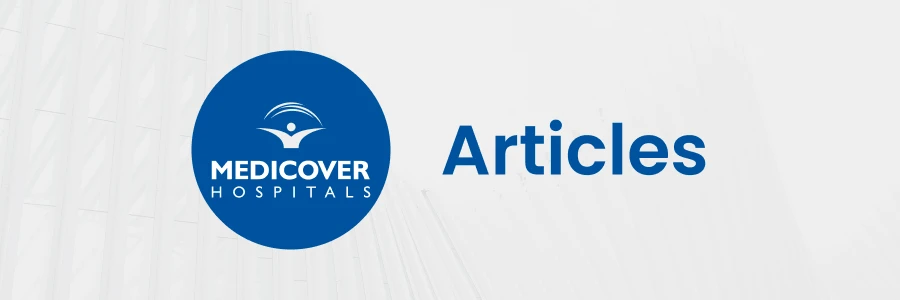- Cardiology 84
- Dermatology 45
- Endocrinology 33
- ENT 16
- Fertility 190
- Gastroenterology 78
- General-Medicine 81
- Gynecology 80
- Hematology 19
- Infectious-Diseases 33
- Neurology 52
- Oncology 34
- Ophthalmology 23
- Orthopedics 69
- Pediatrics 31
- Procedure 23
- Public-Health 144
- Pulmonology 59
- Radiology 8
- Urology 68
- Wellness 161
- Woman-and-child 77

Anaesthesia Techniques for Pediatric Patients: Challenges & Considerations
Anesthesia is a critical component of medical procedures, ensuring patient comfort and safety. However, due to their unique physiological and developmental characteristics, the administration of anaesthesia becomes even more intricate for pediatric patients.
In this blog, we will delve into the challenges and considerations surrounding anaesthesia techniques for pediatric patients, highlighting the importance of specialized care.
Secure your health with a second opinion. Make informed decisions and book your appointment today!
Get A Second OpinionUnderstanding Pediatric Anaesthesia
Pediatric anesthesia techniques involve giving anesthesia to babies, kids, and teens. To keep them safe and comfortable, we need a personalized plan considering their age, weight, organ growth, and specific treatment needs.
Pediatric Anaesthesia Techniques
- Inhalation Anaesthesia: This involves administering anaesthesia gases through a mask or endotracheal tube. It's suitable for shorter procedures.
- Intravenous Anaesthesia : Intravenous medications induce and maintain anaesthesia. It provides rapid effects and precise titration.
- Regional Anaesthesia: This technique can be used for specific areas of pain management post-surgery.
Challenges in Pediatric Anaesthesia
- Dose Precision: Pediatric patients have a higher metabolic rate, impacting drug metabolism. Precise dosage calculation is crucial to prevent over- or under-medication.
- Airway Management: Children's smaller airways make airway management delicate. Anesthesia providers must employ techniques that ensure proper ventilation.
- Communication: Effective communication is key, especially with younger patients who might need help understanding the procedure. Calming fears and explaining the process in child-friendly terms is essential.
Considerations for Pediatric Anaesthesia
- Age Segmentation: Different age groups have varying requirements. Neonates, infants, toddlers, and older children each need tailored anaesthesia approaches.
- Pharmacology: Anaesthesia providers select drugs that are appropriate for pediatric patients, taking into account their metabolism and potential side effects.
- Preoperative Assessment: Comprehensive preoperative assessments are crucial to understanding the patient's medical history, allergies, and any underlying conditions.
Pediatric Anaesthesia Safety
- Experienced Doctors: Anaesthesia for pediatric patients should be administered by expert pediatricians experienced in working with children.
- Monitoring: Continuous monitoring of vital signs, oxygen levels, and carbon dioxide levels ensures early detection of any complications.
- Emergency Preparedness: Pediatric anaesthesia teams are well-prepared for emergencies and have the necessary equipment to handle critical situations.
Conclusion
Administering anaesthesia to pediatric patients requires a blend of expertise, sensitivity, and meticulous planning. Pediatric anaesthesia techniques address the unique challenges of working with children and ensure their well-being throughout medical procedures.
By considering the age, developmental stage, and individual characteristics of each patient, healthcare providers provide safe and effective anaesthesia administration for the youngest members of our society.
Ready to take control of your health journey? Book your appointment now and start your path towards wellness today!
Book an AppointmentFrequently Asked Questions
Pediatric anaesthesia involves administering anaesthesia to infants, children, and adolescents undergoing medical procedures. It requires specialized techniques due to the unique physiological and developmental characteristics of young patients.
Pediatric patients have distinct physiological differences, such as smaller airways, higher metabolic rates, and varying drug responses. Anesthesia providers must tailor their approach to accommodate these factors.
Challenges include precise dosing due to rapid metabolism, airway management in small airways, and effective communication with young patients.
Anesthesia providers calculate dosages based on the child's weight, age, and medical history. Dosing precision is crucial to prevent adverse effects.
Common techniques include inhalation anaesthesia (administered through a mask or tube), intravenous anaesthesia (medications through a vein), and regional anaesthesia (numbing specific areas).
Providers use specialized techniques and equipment to ensure proper ventilation and airway management in children with smaller airways.
Preoperative assessments help anaesthesia teams understand the child's medical history, allergies, and any underlying conditions that might impact anaesthesia administration.
Anesthesia teams are trained to minimize risks, but as with any medical procedure, there can be potential risks. The benefits of appropriate anaesthesia management generally outweigh the risks.
Anesthesia providers use child-friendly language and explanations to help children understand the procedure and alleviate fears.
Yes, pediatric anaesthesia is safe when administered by experienced professionals who specialize in pediatric care. Anesthesia teams are well-prepared for emergencies and prioritize patient safety.
Yes, anaesthesia techniques are tailored to different age groups, considering their developmental stages and physiological differences.
Parents can explain the procedure in simple terms and reassure their child. Following preoperative instructions and addressing any concerns with the medical team is essential.

- Cardiology 2132
- Dermatology 168
- Endocrinology 135
- ENT 97
- Fertility 217
- Gastroenterology 232
- General 478
- General-Medicine 1685
- Gynecology 169
- Hematology 85
- Infectious-Diseases 208
- Neurology 207
- Oncology 345
- Ophthalmology 65
- Orthopedics 187
- Pediatrics 83
- Procedure 72
- Public-Health 209
- Pulmonology 126
- Radiology 13
- Second Opinion 311
- Urology 294
- Wellness 600
- Woman-and-child 447
- Others 10217
Related Blogs
If you have any questions, please fill out the enquiry form or call us, and we will get back to you promptly.
040-68334455